Huge food projections point to sustainable aquaculture
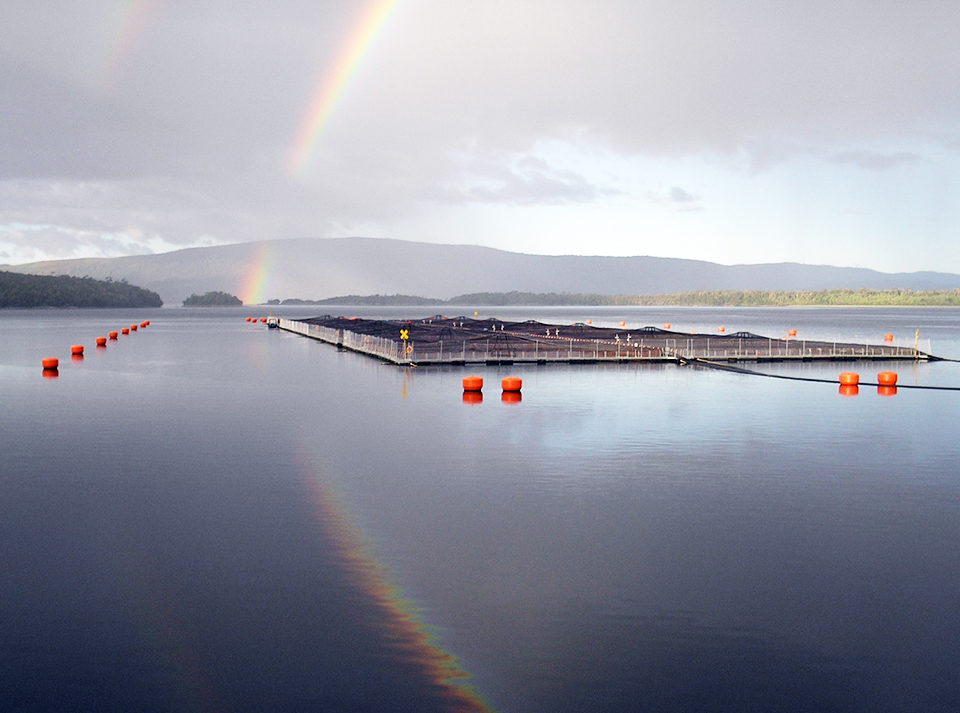
The current global population of 6.7 billion is expected to show continued growth until 2050, reaching 9 billion at moderate forecasts. However, relative population numbers also tend to shift among different world regions. Developing countries will likely hold a higher share of inhabitants, with Asia and Sub-Saharan Africa accounting for over 60 percent of the global population (Figure 1).
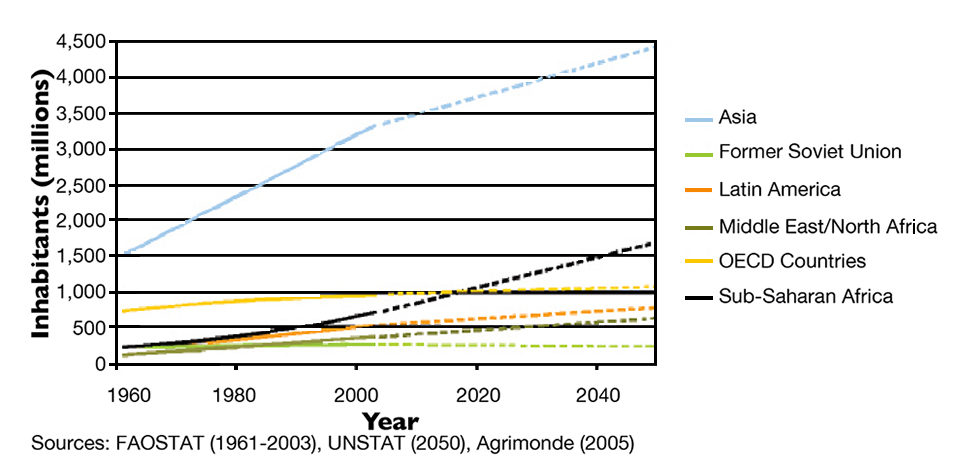
The Food and Agriculture Organization (FAO) of the United Nations recommends that 3,000 kcal/day should be available per person in any population to guarantee that each individual has sufficient healthy food. Regional food availability, an approximation of food consumption, currently ranges from 2,366 kcal/person/day in Sub-Saharan Africa to 3,955 kcal/person/day in Organisation for Economic Co-operation and Development (OECD) countries. In Asia, whose population today reflects over 50 percent of the global total, food is currently available at an average 2,793 kcal/person/day.
Food security premises suggest equally shared food availability among regions. This may be especially important in the next decades under a changing panorama of population growth and distribution. Given current food production trends, availability may be particularly critical for areas of Sub-Saharan Africa and Asia.
Food and feed resources
Future scenarios of increasing global population will require effective increases in food availability. The general food production necessary for attending population demands in 2050 has been estimated by FAO at an additional 70 percent of the current produced volume. This is expected to be accomplished by both expansion of productive frontiers and increases in food production efficiency per farmed area. These strategies may obviously be limited by spatial and technological constraints.
In spite of the rise in production efficiency verified in such regions as Latin America, the Middle East and North Africa, average global food yields per hec-tare have remained stable in the last 10 years (Figure 2). Facing the projections for human food demand, alternatives will be very necessary to meet regional needs.
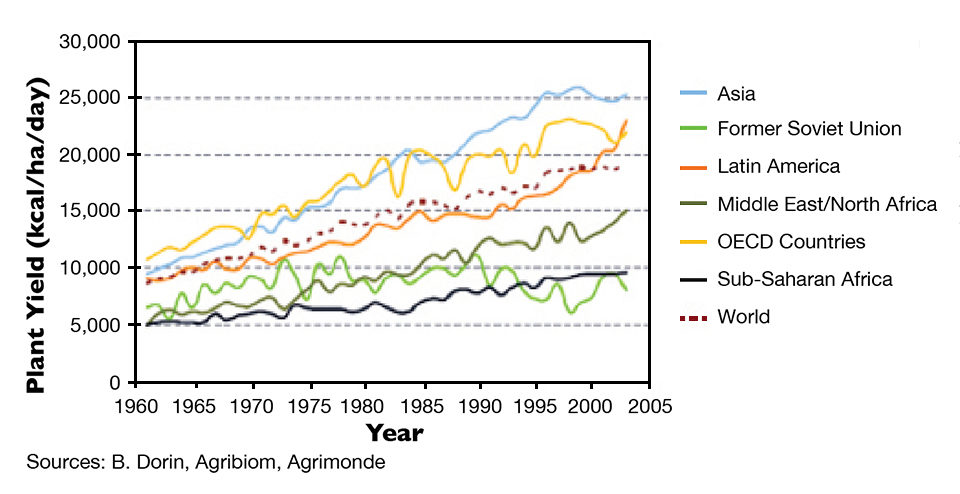
Animal feed represents an additional component in the balance between produced and available food. Nearly 50 percent of total food resources is estimated to be channeled into animal feeds, and with increased rates of global meat consumption, additional pressure over available food sources are expected to attend the farming systems.
According to projections, the current annual meat production of 228 mmt should be doubled in 2050 to meet expected global consumption that would put further pressure upon the availability and price of grain raw materials for feed manufacturing. Adjusting for the huge population increments in food-deficit countries would include the access to near-food-grade raw materials, some of which are currently used for animal feeds. Furthermore, farmed meat production may be challenged by its limited efficiency in food transformation, with reported averages of 7:1 and 4:1 feed energy efficiency ratios of plant feed sources to cattle and swine/poultry production, respectively.
Another essential fact in the panorama of global availability of food resources is nutrient wastage. Up to an estimated 30 percent of global food production is not channeled for nutrition purposes. From the global average of 4,800 kcal/day/person food produced, 600 and 800 kcal are lost in the production fields and in the processing and distribution chains, respectively. Increasing output efficiency in food chains can contribute to valuable extra supplies of food and feed resources for the growing human population.
Challenges, 0pportunities for sustainable Aquaculture
According to FAO, fish and shellfish are among the main animal proteins consumed globally. However, the availability of these high-quality nutrient sources has, for a long time, not depended exclusively on the capture of wild stocks. Considering FAO estimates of an average annual seafood consumption at 17 kg/person, predicted food fish demand would increase from the present 120 to at least 220 mmt in 2050, with aquaculture expected to provide over 70 percent of the total volume required.
Present scenarios for demographic growth, consumption and availability of food resources reiterate the importance of aquaculture in contributing to human development with high-quality aquatic food. Aquaculture may see opportunities to increase its consistency as an alternative protein source within the global food supply system. On the other hand, to provide a sustainable supply of aquatic food, aquafarming should include a variety of sound practices.
Raw materials, energy
Future trends suggest increased utilization of some types and grades of aquafeed raw materials in human food. Therefore, feed manufacturing could largely depend on lower-grade raw materials – including those recovered from crop wastes – that may be improved by processing and biotechnological transformation into consistent nutrient sources for farmed species.
This variety of available raw materials with different qualities and costs would further require strategic diversification in feed formulation and processing strategies to allow manufacturers flexibility according to availability and cost-benefit relationships.
An additional contribution to increasing food efficiency is related to the energy expenditures of farmed species. Farming aquatic animals may represent a way to increase nutrient and energy-transfer efficiency from available raw materials into meat. Farmed aquatic animals may convert feed energy at significantly higher efficiency – down to 2.5 calories feed/calorie seafood – than their terrestrial counterparts, at 7:1 and 4:1 for bovines and swine/poultry, respectively. Under current perspectives, increased efficiency in the utilization of feeds and feed ingredients may be a necessity for better and fairer use of food resources in farming systems.
Water resources
Aquaculture can play a key role in adding quality food relative to the space limitations recognized for terrestrial farming. Expansion as well as creation of new aquatic-farming frontiers through responsible practices may be feasible in most countries through application of conventional species and rearing techniques.
Freshwater farming in ponds and available water bodies has been identified as a water-saving food production system. Mariculture of plants, filter-feeding and fed aquatic organisms may be expanded over vast available coastal and even offshore areas worldwide to produce several types of seafood.
Moreover, the possibility of exploring the three-dimensionality of water environments may provide additional efficiency for aquafarming systems in available space. Aquaculture may improve food security in food-deficit countries via the rearing of low-cost species in rather simple farming systems.
Changes coming
As with any farming system, aquaculture can be directly or indirectly affected by climate change, extreme weather events and seasonal, as well as long-term conditions. Recognition of the potentially changing global climate and its effects upon the environment will be an important step in planning the future development of aquaculture.
This may involve flexibility in species choice, rearing practices, scale and market relationships. With some uncertainty remaining over specific climate changes, continued improvement of aquaculture practices to maximize outputs during successful crops may be an important input for climate change adaptations. This should be further combined with financial analysis through forecasts of regional and global trends.
Available records from commercial aquaculture practices over relevant time periods could also be compiled and related to environmental data in order to check for possible relationships, trends and predictions. Consistent supplies of aquatic food via aquaculture development could then be proposed in agreement with global changes at physical, human and resource levels.
(Editor’s Note: This article was originally published in the September/October 2011 print edition of the Global Aquaculture Advocate.)
Now that you've reached the end of the article ...
… please consider supporting GSA’s mission to advance responsible seafood practices through education, advocacy and third-party assurances. The Advocate aims to document the evolution of responsible seafood practices and share the expansive knowledge of our vast network of contributors.
By becoming a Global Seafood Alliance member, you’re ensuring that all of the pre-competitive work we do through member benefits, resources and events can continue. Individual membership costs just $50 a year.
Not a GSA member? Join us.
Author
-
Daniel Lemos, Ph.D.
Aquaculture Laboratory
Instituto Oceanográfico
University of São Paulo
Praça do Oceanográfico, 191
Cidade Universitária
São Paulo, Brazil
Tagged With
Related Posts
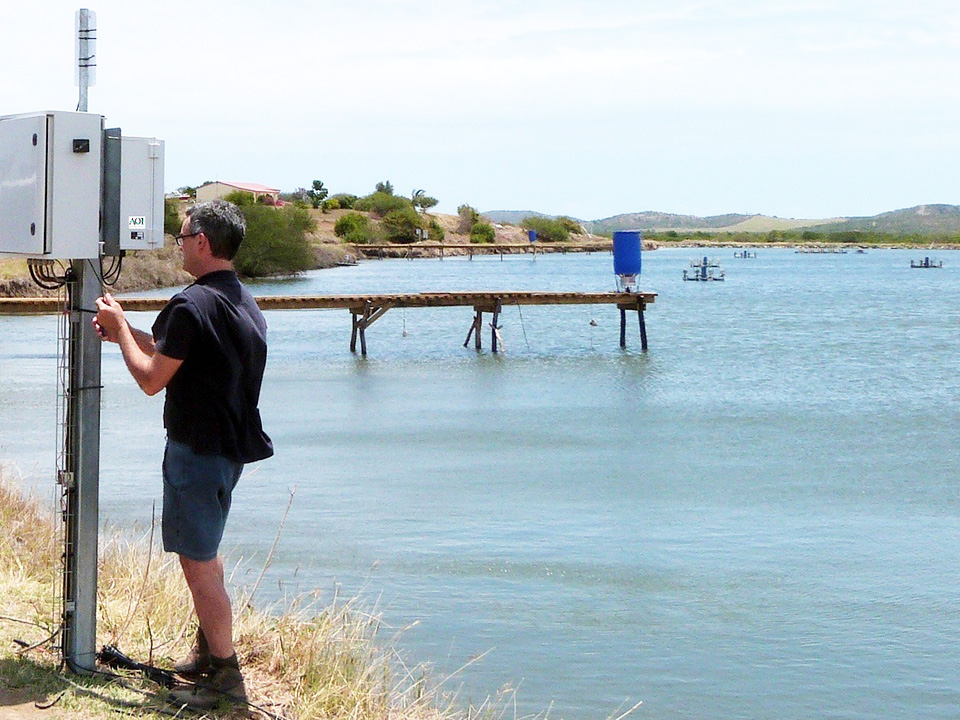
Innovation & Investment
Acoustic control improves feeding productivity at shrimp farms
In systems recently developed for shrimp farms, passive acoustic-based technology enables sensor-based control of multiple automatic feeders. Improved growth and feed conversion have been recorded at commercial farms using the technology.

Health & Welfare
10 paths to low productivity and profitability with tilapia in sub-Saharan Africa
Tilapia culture in sub-Saharan Africa suffers from low productivity and profitability. A comprehensive management approach is needed to address the root causes.
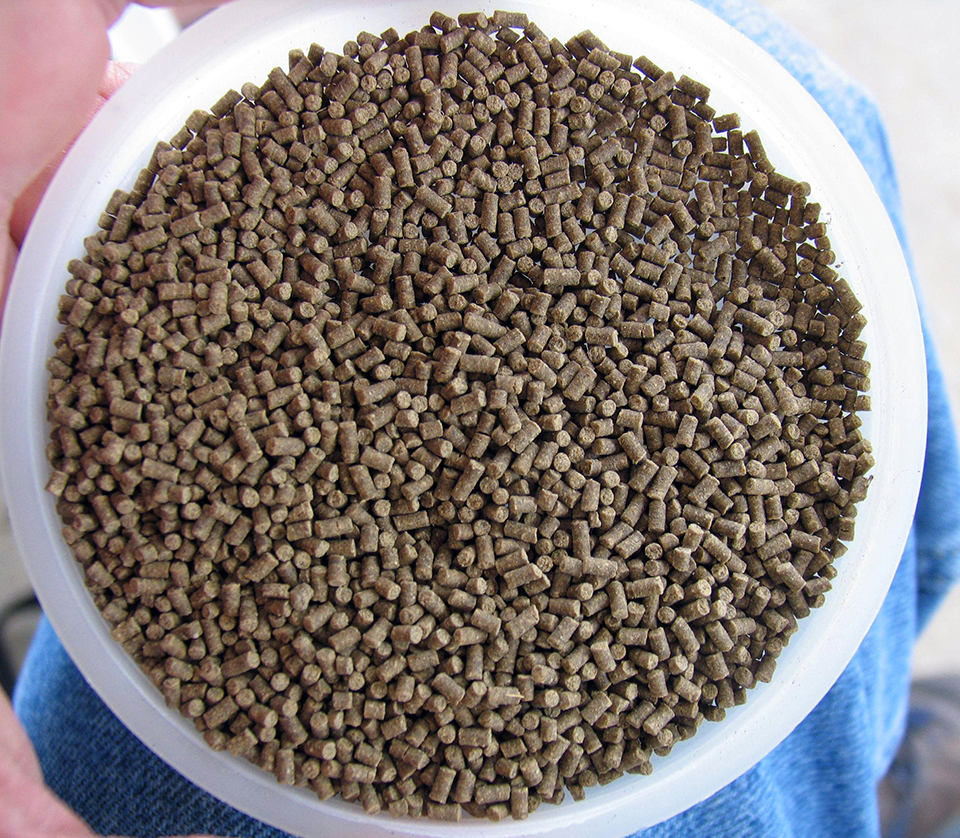
Health & Welfare
A case for better shrimp nutrition
Shrimp farm performance can often be below realistic production standards. Use proven nutrition, feeds and feeding techniques to improve profitability.
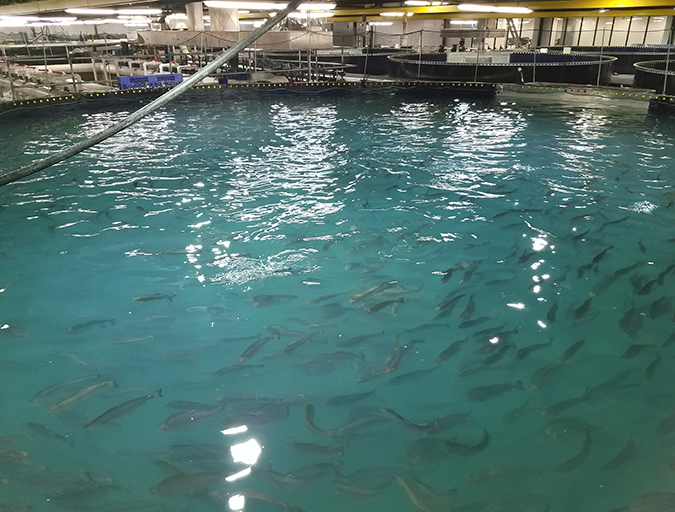
Intelligence
A land grab for salmon (and shrimp) in upstate New York
The operators of Hudson Valley Fish Farm see their inland locale as a pilot to prove that land-based fish farming, located in close proximity to major metropolitan markets, can be successful.



